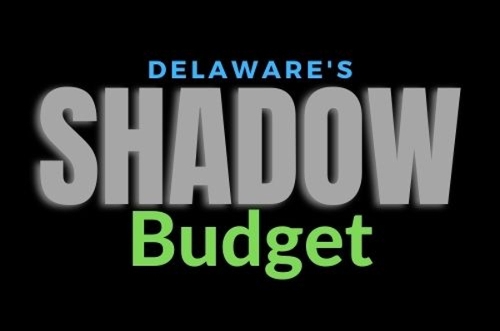Delaware law does allow each Committee member to appoint a designee to attend in their place, but no legislator seems to have designated an alternate. Even worse for accountability and transparency, the General Assembly wrote into law that, in order to achieve a quorum, "fiscal and policy staff of the Office of the Controller General shall serve as designees sufficient for [that] quorum." In short, if a quorum is needed, and it is always needed, pack the room with staff.
The committee's meetings do follow open meeting laws, as much as that helps. For example, the March 2021 meeting agenda (pictured above) consists of a minimalist listing of grants to be considered. The information only includes the applicant agency, a project title, funding amounts, and an SAI (State Application Identifier, which references back to over 2,000 Federal grants) code, which is a password-protected link to some other webpage. It seems that taxpayers are not supposed to know the details of where their money is being spent.
Summary
The chart below consists of data from the Department of Finance showing the real size and growth of Delaware's government. Given trends, in FY22, Delaware will spend well over $12.5 billion, which is over $12,500 per person in Delaware - larger than former Democratic Presidential candidate Andrew Yang's proposed "Universal Basic Income" of $1,000 a person. If this money came directly to citizens, each family of 4 would have an additional income of $50,000 per year.
And most of this money, over 60 cents of every dollar, flows through an opaque process with little to no taxpayer or legislative oversight. Plus, most of these grants and amounts are not an overt part of the General Assembly's budget-making process (some small percent do require State matching funds), which certainly could lead to duplicative spending, cronyism, or corruption.
It is a system in need of more Legislative oversight and sunshine.




